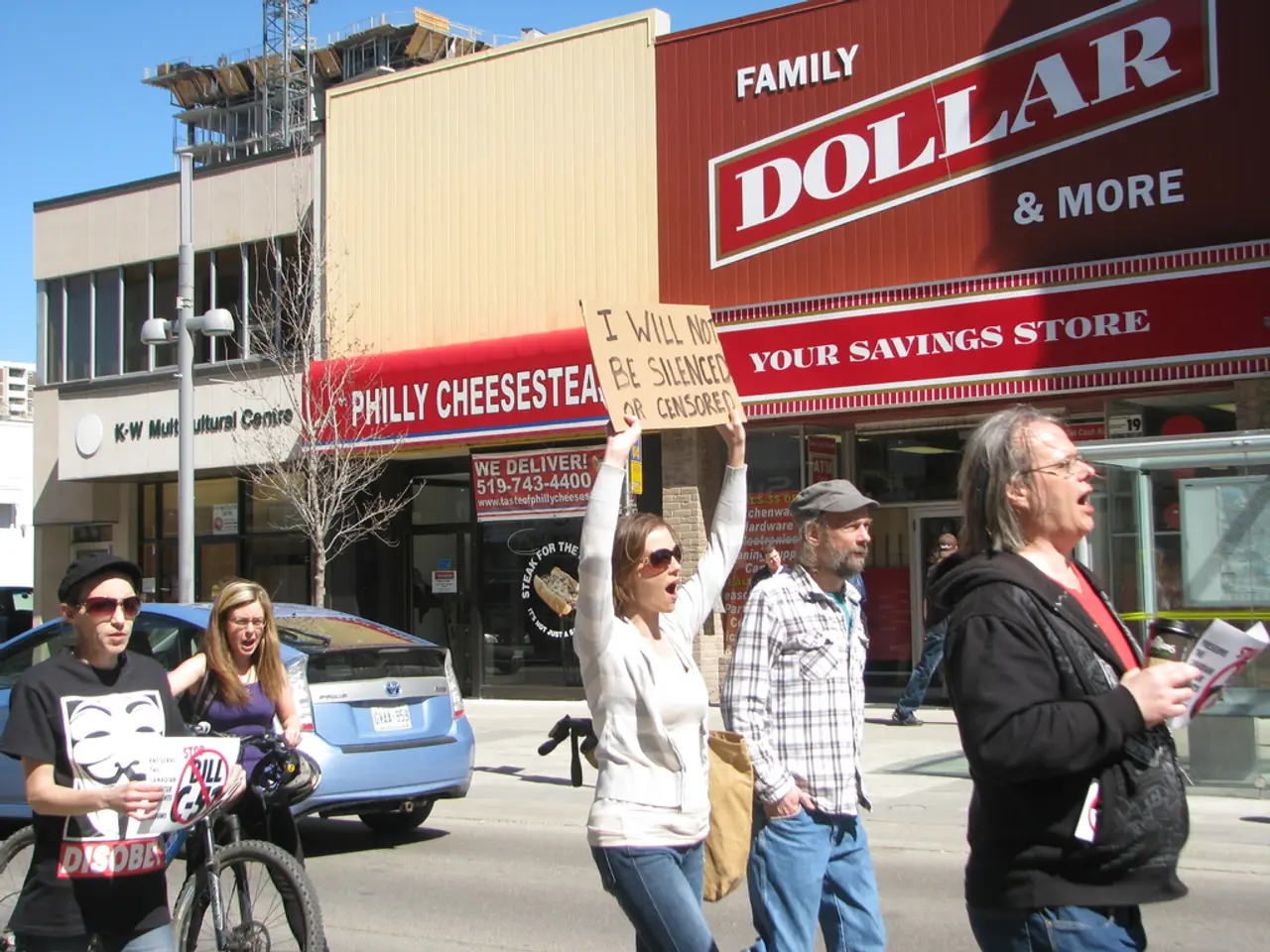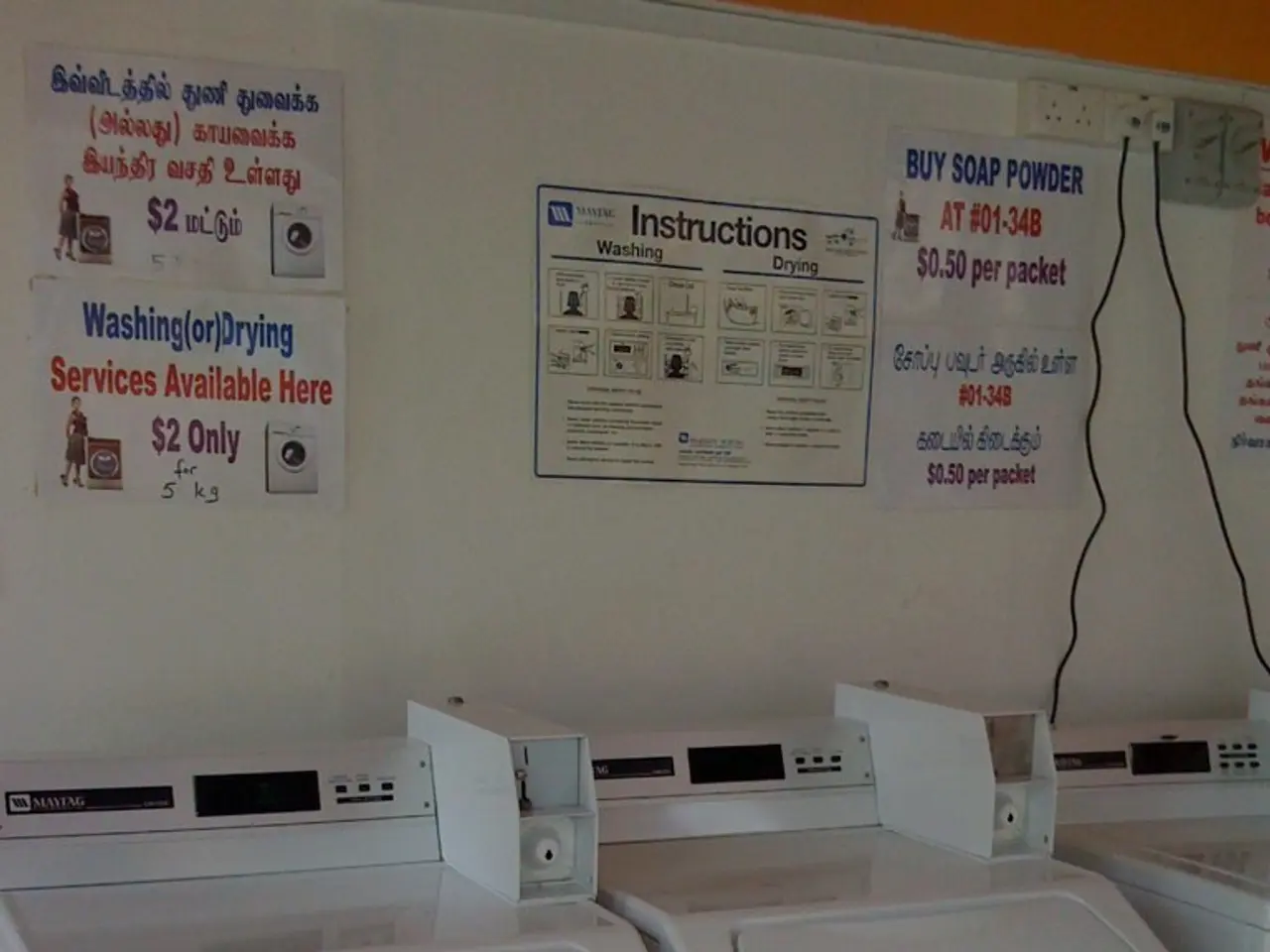Increased Arson: More Waymo Vehicles Being Torched Amidst Los Angeles Protests
In recent months, Waymo's self-driving taxis have found themselves at the centre of protests in two major American cities: San Francisco and Los Angeles. The reasons behind the targeting of these autonomous vehicles are complex and multifaceted, with several potential explanations.
In San Francisco, a Waymo robotaxi caught fire during the Lunar New Year celebrations in February 2024, after fireworks were placed inside the vehicle. The incident, which was caused by the lithium-ion batteries, intensified community frustrations about the safety and reliability of autonomous vehicles, particularly in volatile scenarios such as during celebrations.
Similarly, in Los Angeles, fires involving Waymo robotaxis added a hazardous dimension to the already chaotic scenes during civil unrest. The fires were rooted in unease with mass immigration enforcement and authoritarian data collection, rather than self-driving technology itself or job losses.
Critics argue that these incidents expose a fundamental shortcoming of autonomous navigation: a lack of situational judgment and flexibility that human drivers would instinctively use to avoid danger. Protesters argue that Waymo's self-driving robotaxis lack the ability to adapt dynamically in volatile scenarios, such as during celebrations in San Francisco where they froze amid fireworks and crowds, leaving them vulnerable to vandalism.
The robotaxis are also seen as an extension of data-driven policing, threatening anonymity in moments of collective resistance. Protesters view Waymo's vehicles as moving surveillance units, carrying 360-degree cameras and LIDAR sensors that continuously record and can be subpoenaed by law enforcement.
In San Francisco, protesters have employed "coning" as a form of protest against tech overreach, placing traffic cones on AV hoods to freeze them. This tactic reflects wider community frustrations, including concerns about unequal deployment of autonomous technology, tech industry dominance, and job displacement.
While the precise motivations behind targeting Waymo taxis are unclear, their visibility and potential association with surveillance efforts may have contributed to their being targeted during protests. The proximity of the self-driving taxis to the protests in Los Angeles, where they were in the vicinity of anti-ICE and anti-Trump demonstrations, may have also made them vulnerable targets.
Waymo maintains that the torched robotaxis were not intentional targets and suspended downtown service out of caution. The company continues to work towards addressing community concerns and improving the safety and reliability of its autonomous vehicles.
As the use of autonomous vehicles becomes more widespread, these incidents highlight the need for careful consideration of the potential impacts on communities and the importance of addressing community concerns to build trust and ensure the successful integration of such technology.
[1] Los Angeles Times. (2024). Waymo Robotaxis Torched in Los Angeles During Anti-ICE Protests. Retrieved from https://www.latimes.com/technology/20240610/waymo-robotaxis-torched-in-los-angeles-during-anti-ice-protests
[2] The Verge. (2024). Why Are Waymo Robotaxis Being Targeted During Protests? Retrieved from https://www.theverge.com/2024/02/18/22945431/waymo-robotaxis-targeted-protests-san-francisco-los-angeles-surveillance-data
[3] Wired. (2024). The Symbolic Targeting of Waymo's Autonomous Vehicles. Retrieved from https://www.wired.com/story/symbolic-targeting-waymos-autonomous-vehicles/
- The incidents involving Waymo robotaxis catching fire in both San Francisco and Los Angeles, occurring during different periods of unrest, have raised concerns about the safety and reliability of self-driving technology in general-news articles.
- As both the San Francisco Lunar New Year celebrations and the civil unrest in Los Angeles highlighted, Waymo's autonomous vehicles are not only being targeted for their self-driving technology, but also for their association with data-driven policing and perceived surveillance capabilities, a subject that has gained traction in the discussion of general news.




